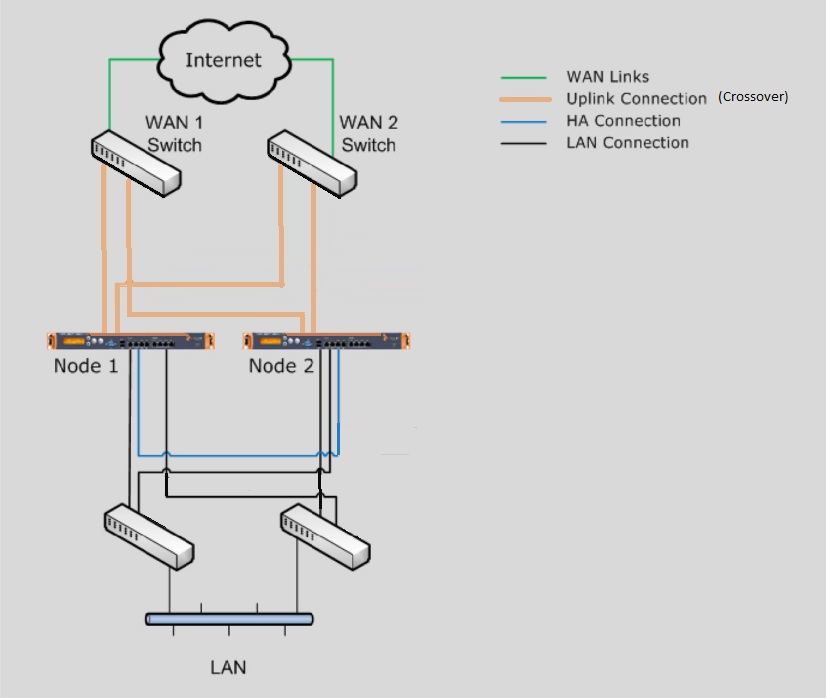Hello again,
I have a small PC with 4x NICs.
In UTM9:
Eth0 is the WAN (picks up an external address)
Eth1 is the INTERNAL DHCP address 192.168.1.1/24
Eth2 not configured
Eth3 not configured
I had *thought* that if i plug a DHCP client into either Eth2 or Eth3 (even though the respective interfaces aren't configured) that said client would assign a DHCP address to that client.
What do i need to configure the Eth2/3 as in order that they pick up DHCP from the main network interface?
Likewise... i am trying to set up a Wireless AP by plugging it into Eth2 or 3. The wireless AP has a static IP of 192.168.1.2 however, when i try to access this IP address from my browser, it times out...Again, what interface configuration steps am i missing to be able to access the WIrelessAP from my wired network?
Thanks in advance for any advice.
This thread was automatically locked due to age.



